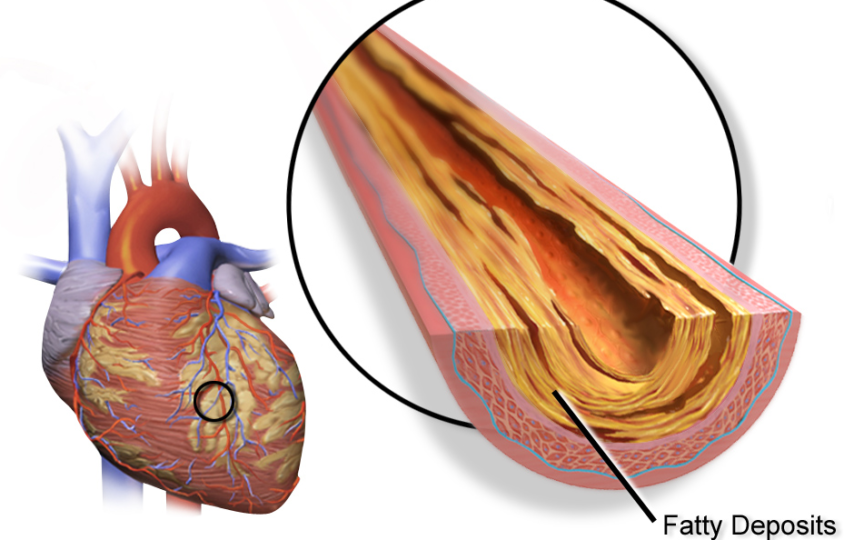Introduction: In the field of interventional cardiology, the accurate assessment of coronary artery disease (CAD) is crucial for determining optimal treatment strategies. Fractional Flow Reserve (FFR) Intas, developed by Intas Pharmaceuticals, is an advanced medical technology that combines FFR measurement with their expertise. This blog post delves into the significance of FFR Intas, its functionality, and the benefits it brings to patients and healthcare professionals alike.
The Importance of Precise Diagnosis in CAD: Accurate diagnosis is essential in CAD management. While anatomical imaging techniques like angiography provide valuable information, they may not always indicate the functional significance of a stenosis. New Intas ffr addresses this limitation by measuring the FFR value, which enables physicians to determine the functional severity of a blockage and make informed treatment decisions accordingly.
Understanding FFR Intas Technology: FFR Intas employs a specialized pressure-sensing guidewire that is carefully threaded through the coronary arteries. By obtaining pressure measurements at various locations, the technology calculates the FFR value—a ratio of pressures across a stenosis. This precise measurement helps identify blockages causing significant blood flow restrictions, assisting cardiologists in determining the need for intervention.
Advantages of FFR Intas in Clinical Practice: a. Enhanced Diagnostic Accuracy: FFR Intas improves diagnostic accuracy by providing objective measurements of functional severity, reducing the risk of unnecessary procedures or missed diagnoses.
b. Optimized Treatment Decisions: With ffr intas login, healthcare professionals can make well-informed treatment decisions based on the measured FFR values. This ensures that interventions are targeted towards functionally significant blockages, optimizing patient outcomes.
c. Improved Patient Outcomes: By precisely identifying the blockages causing reduced blood flow, FFR Intas contributes to better patient outcomes. It helps prevent unnecessary interventions and ensures that patients receive the most appropriate and beneficial treatments.
d. Cost-Effectiveness: FFR Intas helps avoid unnecessary procedures, reducing healthcare costs by eliminating interventions in lesions that do not significantly impact blood flow. It optimizes resource utilization, benefiting both patients and healthcare systems.
Clinical Validity and Research Findings: FFR Intas has been extensively studied and validated through clinical trials and research. These studies consistently demonstrate the clinical benefits of FFR-guided interventions, such as reduced rates of major adverse cardiac events and improved long-term outcomes. The robust evidence supports the integration of FFR Intas into clinical practice as a valuable tool in CAD management.
Training and Support : To ensure successful implementation and utilization of FFR Intas, Intas Pharmaceuticals provides comprehensive training and support programs. These programs equip healthcare professionals with the necessary knowledge and skills to effectively use the technology, interpret FFR measurements, and integrate FFR Intas into their clinical workflows.
Conclusion: FFR Intas, an innovative integration of FFR technology by Intas Pharmaceuticals, has emerged as a powerful tool in the precise diagnosis and management of CAD. Its ability to determine functional severity enhances patient care, improves outcomes, and optimizes healthcare resources.













